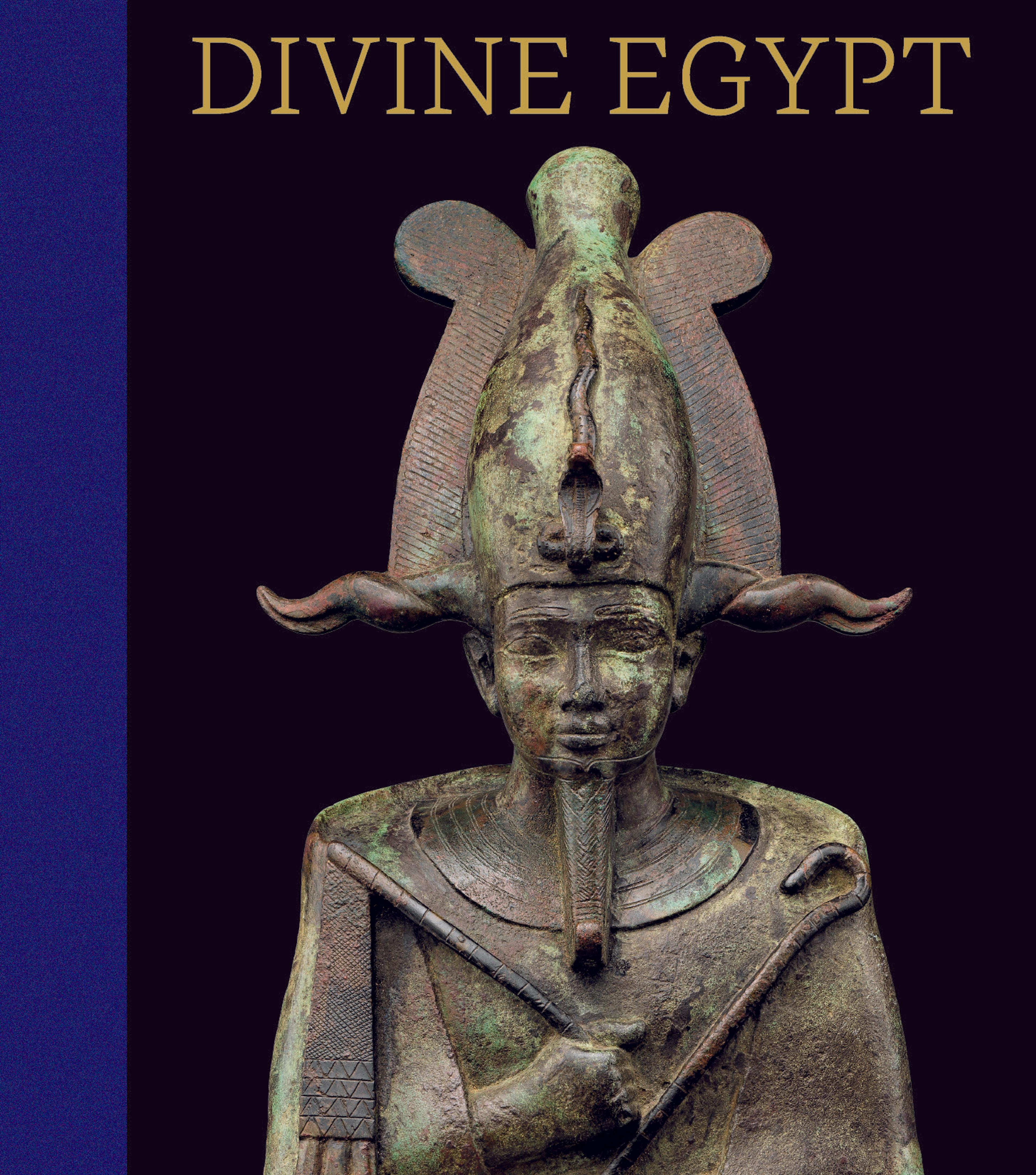Stela of the temple servant of Amun Irtihareru adoring Re-Harakhty and Atum
As part of the burial equipment, funerary stelae made a prayer for offerings for the maintenance of the deceased. In addition to forms of Osiris, Re-Harakhty and Atum—as the rising and setting sun and thus connected with continued life—are particularly favored focal gods. In contrast to stelae of the Third Intermediate Period, subdued coloring and a more standardized style are adopted in this period.
Here the temple-servant of Amun Irtihareru, son of the temple-servant of Amun Ankhnidi and the lady of the house Tatjenfi, adores Atum on the right side and Re-Harakhty on the left side.
Here the temple-servant of Amun Irtihareru, son of the temple-servant of Amun Ankhnidi and the lady of the house Tatjenfi, adores Atum on the right side and Re-Harakhty on the left side.
Artwork Details
- Title: Stela of the temple servant of Amun Irtihareru adoring Re-Harakhty and Atum
- Period: Third Intermediate Period–Late Period
- Dynasty: Dynasty 25–26
- Date: ca. 750–525 BCE
- Geography: From Egypt, Upper Egypt, Thebes; Said to be from Asasif, Tombs 811-840, MMA excavations, 1929-1930
- Medium: Wood, gesso, paint
- Dimensions: L. 35 × W. 24.5 × Th. 2 cm (13 3/4 × 9 5/8 × 13/16 in.)
- Credit Line: Rogers Fund, 1930
- Object Number: 30.3.57
- Curatorial Department: Egyptian Art
More Artwork
Research Resources
The Met provides unparalleled resources for research and welcomes an international community of students and scholars. The Met's Open Access API is where creators and researchers can connect to the The Met collection. Open Access data and public domain images are available for unrestricted commercial and noncommercial use without permission or fee.
To request images under copyright and other restrictions, please use this Image Request form.
Feedback
We continue to research and examine historical and cultural context for objects in The Met collection. If you have comments or questions about this object record, please contact us using the form below. The Museum looks forward to receiving your comments.
